Numismatic Museum of Athens
One of the greatest collections of coins in the world is housed in the former mansion of an archeological pioneer.
Numismatics, the study of coins, is often crucial in the field of archaeology and anthropology, as money has been at the center of human life since its invention and offers insight into the ancient world.
In Athens, Greece, there is a museum dedicated to numismatics and is home to one of the largest collections of ancient and modern coins in the world. Inside are well over 500,000 items, and not just coins, but also medals, dies, stamps, and other items relating to the history of coinage. The museum also houses a library specializing in numismatics, as well as a conservation laboratory.
Shortly after the independence of Greece during the early 19th-century, the state initiated a project to collect coins, first focusing on the coinage of ancient Aegina. The museum was founded in 1838 and was housed in the main building of the University of Athens; it was later moved to the building housing the Academy of Athens, where the artifacts were first exhibited. It became independent in 1893 and 1965, but it was not until 1984 that the current building was officially authorized to house the museum. After a major renovation, the museum opened in 1998 and the entire collection opened to the public in 2007.
The building itself is known as the Iliou Melathron (“Palace of Lion”) and it originally belonged to German archaeologist Heinrich Schliemann, who is famous for his discovery of Troy. Designed by Ernst Ziller, the mansion was constructed between 1878 and 1880, and was considered the most magnificent private residences in Athens at the time of its completion.
Know Before You Go
The museum is open every day, except Mondays, from 8:30 a.m. to 3 p.m. Entry is €3 for adults. The nearest station is Syntagma.


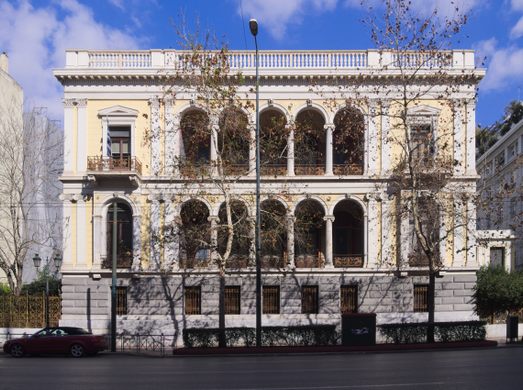








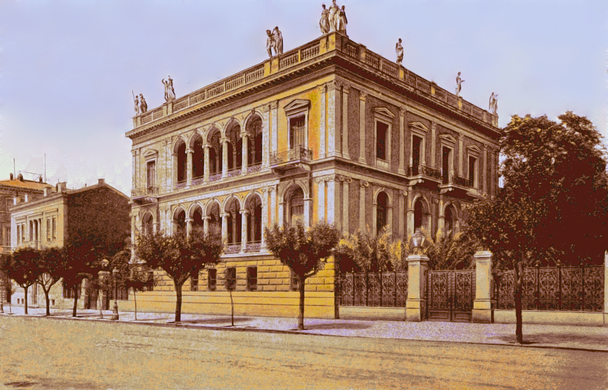











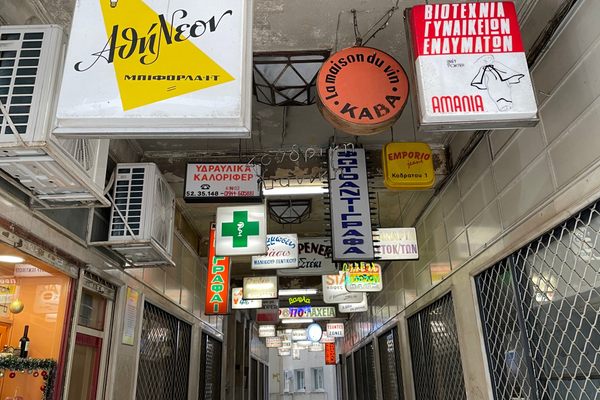




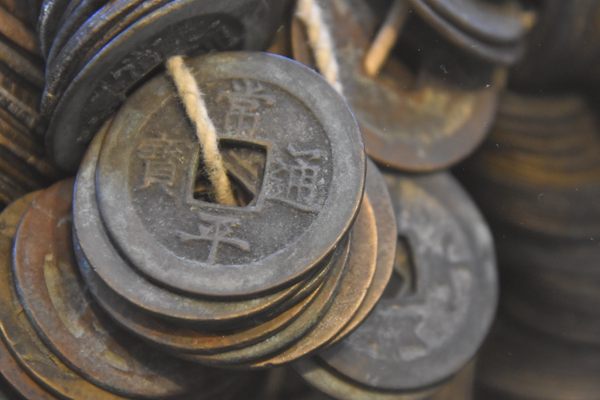
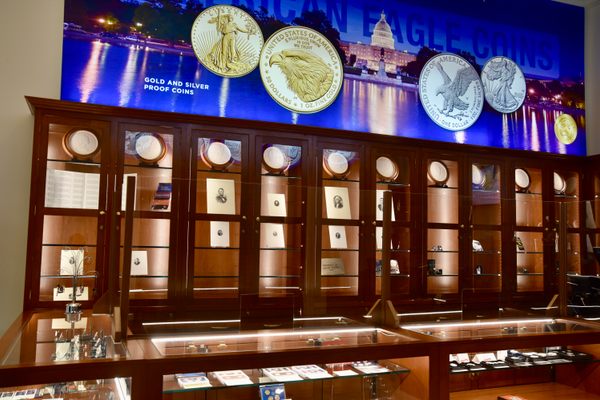
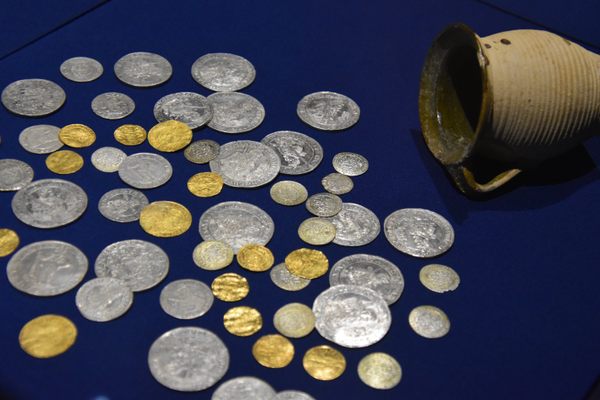

Follow us on Twitter to get the latest on the world's hidden wonders.
Like us on Facebook to get the latest on the world's hidden wonders.
Follow us on Twitter Like us on Facebook